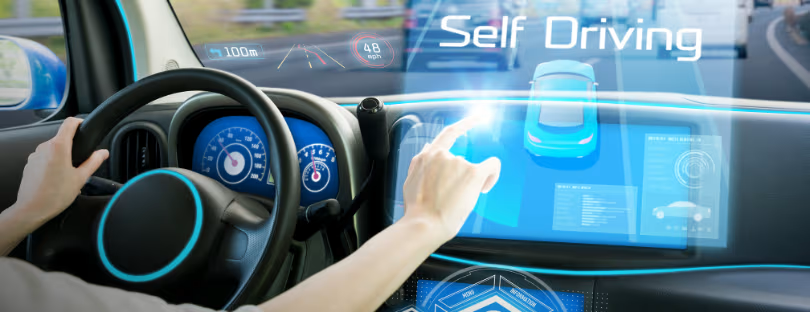
Hyundai takes the wraps off the new i10
The new third generation Hyundai i10 is said to continue that momentum, particularly in Europe where it has been designed.
Chief amongst the updates are better connectivity, more safety features and a complete new design.
Exterior design manager Young-Kyun Kim said the new car is both practical and youthful, with a slightly lower 20mm roofline and a 40mm wider track, improved driver dynamics and athletic “muscular” shapes to the exterior. There’ll be two roof colours to choose from, as well as 10 exterior colours. The proportions mean the boot offers 252-litres of space,
The simplified interior merges the central 8.0-inch touchscreen display with dashboard instruments in a single driver-focused area, as well as introduces ambient lighting to the car for the first time. Hyundai i10
Apple CarPlay and Android Auto will come as standard, while Hyundai is making its Connected Car platform available as an option with the introduction of its new Bluelink connectivity suite. This allows drivers to connect with the car via an app, thanks to an in-built sim card, as well as searching for and sending points of interest directly to the car’s sat nav and a host of other benefits ranging from weather, live traffic and so on.
Other premium updates include an optional wireless charging pad for phones and a rear view camera.
Powertrains range from the base model 67hp three-cylinder petrol G1.0-litre engine, or an 84hp four-cylinder G1.2 engine. Both are available with either a five-speed manual (MT) or automated manual transmission (AMT). If opting for the entry-level G1.0 engine, CO2 emissions can be as low as 98g/km with the “ECO pack” (which includes an adjusted gear ratio, four seats and 14-inch wheels), while the base emissions level on the NEDC Correlated test cycle is 103g/km without the pack. This steps up to 116g/km (MT) and 121g/km (AMT) under the WLTP test cycle come the time next year. As for the G1.2, emissions are rated as 107 (NEDC Correlated) and 121g/km (MT) or 123g/km (AMT) on the WLTP test cycle. Fuel consumption figures will follow in due course.
Hyundai’s comprehensive SmartSense safety package includes a front collision avoidance system, lane keep assist, driver attention monitor and high beam assist, making the i10 one of the most technically able cars in the sector.
Pricing and availability information should follow soon, although Hyundai has confirmed the car will come as standard with its five-year warranty. (via)









